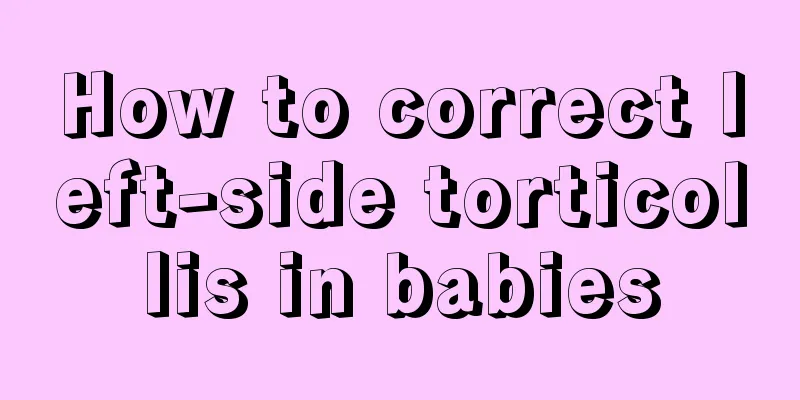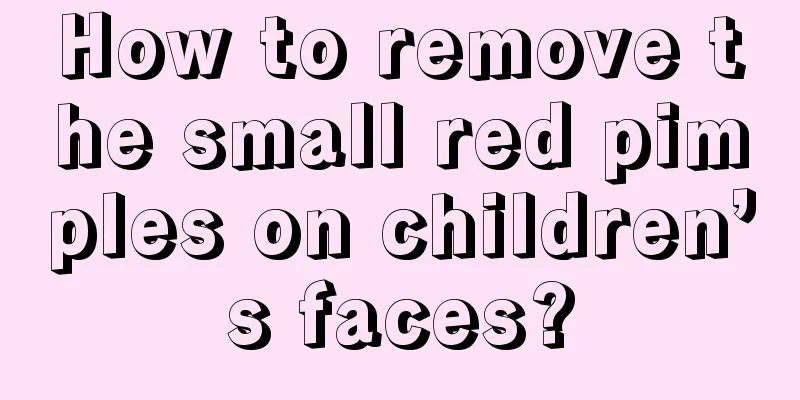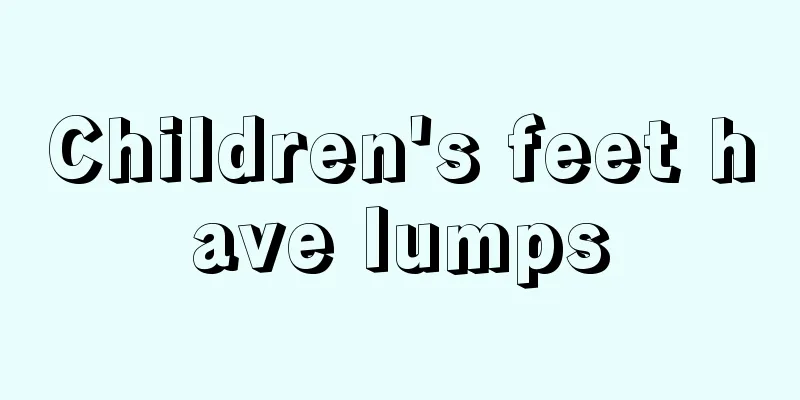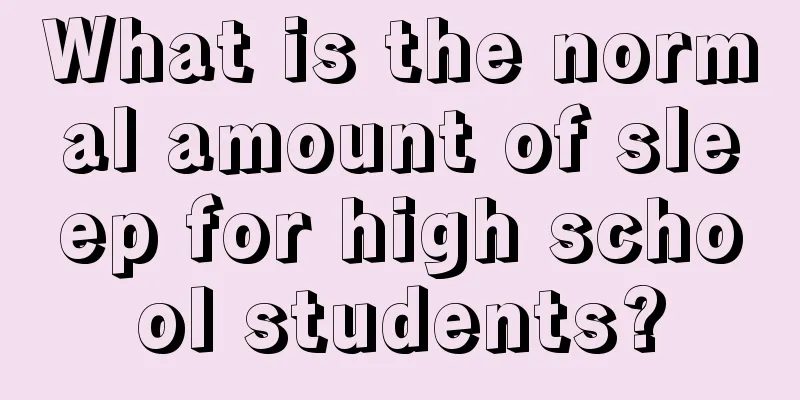How to correct left-side torticollis in babies

|
Torticollis in babies has become a common symptom nowadays. When this happens, the causes of the disease are also very diverse. Therefore, many parents are unable to find out the reasons why their babies have this condition in time, so there is no way to prescribe the right medicine. In fact, when the baby is still young, it is best not to hold them too early, as this is the most likely cause of left-side torticollis in babies. (1) It should be differentiated from skeletal torticollis, postural torticollis, ocular torticollis, etc.(2) Discover and treat promptly. It is generally best to start treatment within 3 months of birth. When the lump disappears, massage should be continued until the neck movement becomes normal. (3) If ineffective after 1 year of age, surgical correction may be considered. (4) Children with torticollis should also be examined for other congenital malformations, especially congenital hip dislocation (they can go to the hospital to take bilateral hip joint X-rays for diagnosis). (5) Children should not be held upright too early to prevent postural torticollis.
1. Indications for surgery: (1) Persistent sternocleidomastoid muscle contracture with limited head rotation for more than 12-15 months; (2) Persistent sternocleidomastoid muscle contracture with progressive unilateral facial hypoplasia; (3) Muscular torticollis detected in children over 1 year old. Or if there is no improvement after one year of conservative treatment, surgical treatment should be considered.
(1) Sternocleidomastoid muscle release: For children under 5 years old, the clavicular head and sternal head can be simply cut and released, while for children over 6 years old, mastoid head release is required. (2) Z-shaped lengthening of the sternocleidomastoid muscle In order to make the patient's neck look more beautiful after surgery, some scholars use the "Z"-shaped lengthening of the sternocleidomastoid muscle. Note: Avoid damaging the subclavian artery, vein, common jugular vein and accessory nerve during the operation. 10 Postoperative Treatment For patients under 2 years old, a cervical collar can be used for fixation after surgery. For older patients, a cervical plaster cast can be used to fix the patient, with the head tilted toward the healthy side and the mandible turned toward the affected side. After 4 to 6 weeks of fixation, rehabilitation exercises and physical therapy should be performed to prevent further contracture and maintain the best condition. In short, early detection and early treatment are important. If conservative treatment fails, surgical treatment should be chosen as early as possible. The surgical age is usually around 1 year old, and it is best not to exceed 1 and a half years old. |
<<: Baby torticollis corrector
>>: Correct sleeping position for babies with torticollis
Recommend
Is the rash on my baby's face caused by ringworm?
The baby's skin is very delicate and sensitiv...
What is the standard of fetal development at 28 weeks?
Now, with the rapid development of economy, peopl...
Treatment of diarrhea and fever in children
Children's diarrhea and fever look very scary...
How to treat indigestion in children
Since children's digestive systems are still ...
What to do when a child sneezes
The health of children is what the family is most...
What to do if your child is listless after having diarrhea
Children will experience many things during their...
What should I do if my child vomits, has a fever and has diarrhea?
Children have many kinds of diseases, which serio...
What should I do if my five-month-old child coughs and has phlegm?
For children, colds and coughs are common. If you...
Why does the child sneeze?
Sneezing occurs in many people. After sneezing, y...
Baby's saliva is foamy
The presence of foam in the baby's saliva is ...
What are the exercises that promote the growth of teenagers?
The healthy growth of young people is one of the ...
How to treat children's rhinitis
Rhinitis is a relatively common nasal disease. Ma...
How tall and heavy is a two-year-old and two-month-old baby?
After a child is born, there will be some changes...
The quickest way to relieve a sore throat in a child
For children, their entire body system is still i...
What are the reasons why babies cry in the evening?
Some babies cry a lot during the day, maybe becau...









